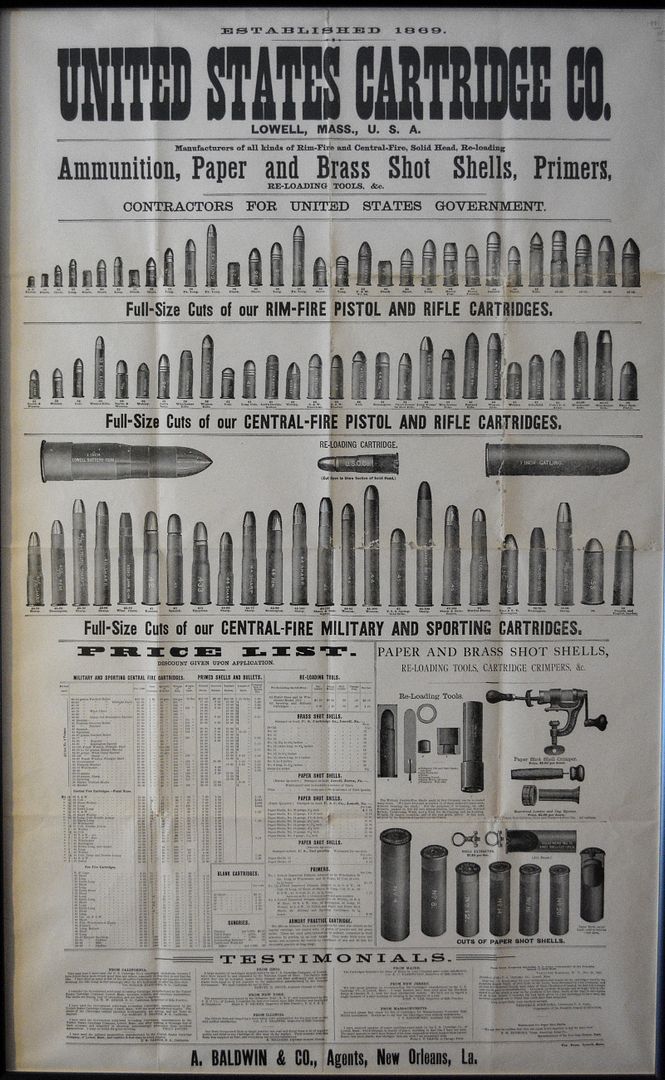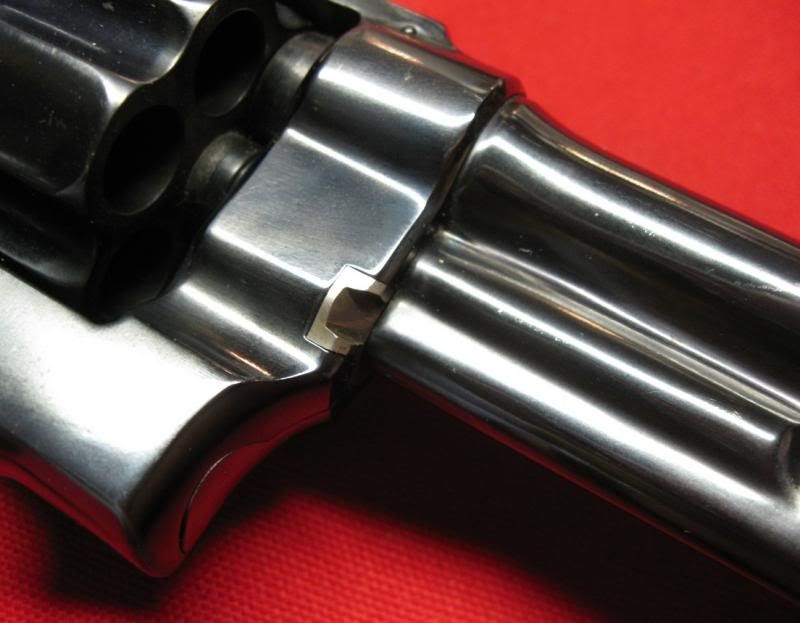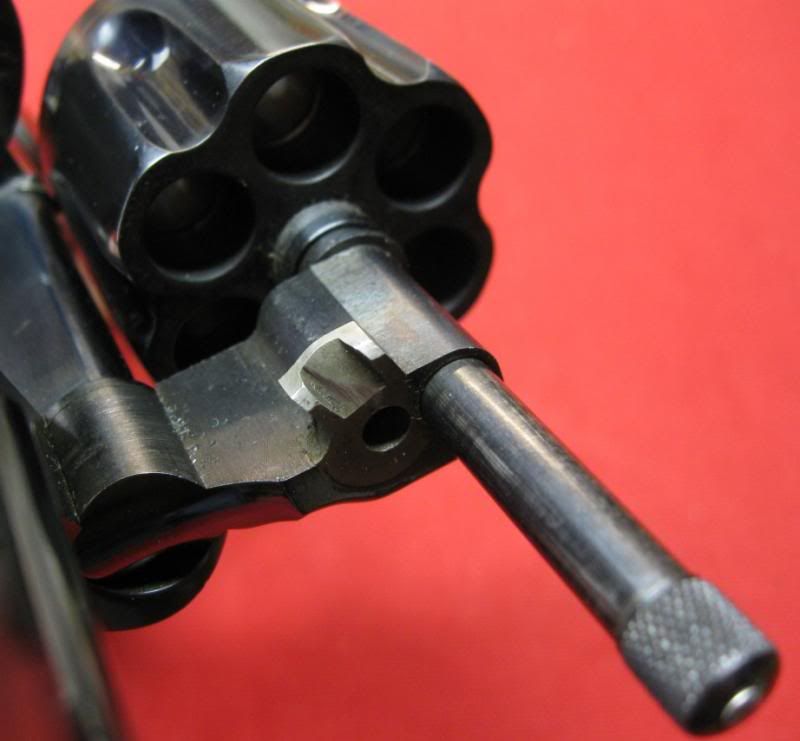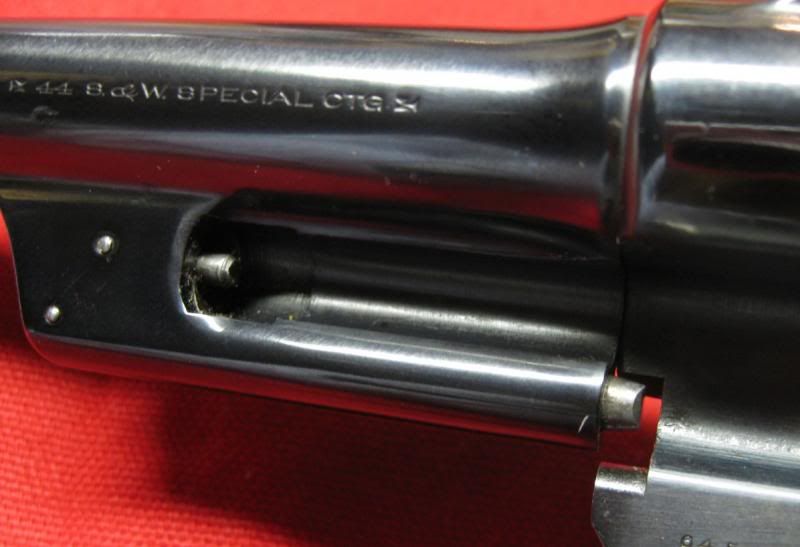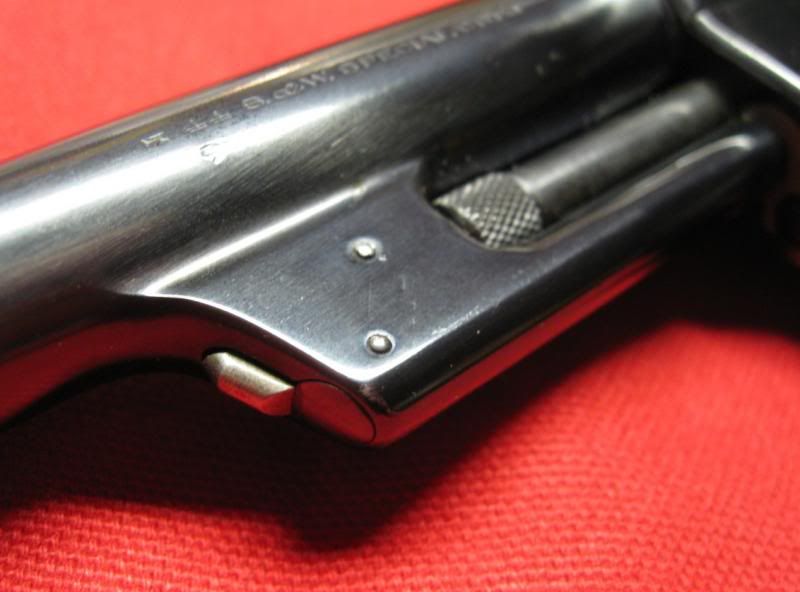Howdy
Here is a reprint of a United States Cartridge Company poster from 1881. I know, you can't see anything.
Still not terrifically legible, but perhaps you can read a bit of it. There is 45 Schofield, 5th from the right. So in 1881 anyway, U.S. Cartridge Company was making 45 Schofield rounds.
Yes, 45 Schofield is one of the 17 cartridges Supica and Nahas list as being chambered in the S&W New Model Number Three. A revolver that was cataloged up until 1912. I have no idea how many NM#3s were chambered for 45 Schofield, I suspect not very many. 44 Russian was the most popular chambering of that particular revolver.
Why did S&W specialize in 44 caliber revolvers rather than 45?
I have no idea. I have known for a long time that S&W did favor 44s over 45. All Neal and Jinks have to say on the subject is:
"Smith and Wesson's preference for bore size for large caliber handguns has always been the 44 caliber. They felt that it gave better balance between the combination of good accuracy and killing power than either larger or smaller calibers."
Not really much of an explanation is it? Clearly it was no problem boring the #3 size cylinder and barrel a little bit larger for the 45 Schofield round. Same story for chambering the 1917 revolver for 45ACP instead of the standard 44 Special.
You will note that the 44-40 round shown in one of the earlier illustrations is filled with 40 grains of powder, while the 44 Russian round only holds 23 grains of powder. From a power standpoint, forget how many boards the round would go through, 40 grains of powder will clearly be more powerful than 23 grains. With modern solid head cases, I can load about 19.5 grains of FFg into my BP 44 Russian rounds, about 27 grains of FFg into my 45 Schofield rounds, and about 33.5 grains of FFg into my 44-40 and 45 Colt rounds. Those numbers are a good indicator of the relative power of these various rounds.
Why was the 44 Special created in the first place? In History of Smith and Wesson, Roy Jinks states that work began on a large frame revolver with a side swinging cylinder in 1905. The revolver was created for a new cartridge, with a slightly larger charge of powder than the old 44 Russian. 26 grains instead of 23 grains (Don't forget, these were the old balloon head cases, which had more powder capacity than modern solid head cases.) With a 246 grain bullet it would penetrate 9 pine boards, each 7/8" thick.
Jinks goes on to state that the new revolver was designed for "maximum tightness and positive alignment of the cylinder."
That's why the third latch was added in the yoke area that gave the new revolver its nickname of Triple Lock.
I posted a photo of one above.
The Triple Lock was the only revolver S&W ever made with three latching points for the cylinder. Front of the ejector rod, rear of the ejector rod, and the third latch placed in the yoke. And what better reason to introduce a new cartridge than to showcase it in the newest, fanciest revolver to come out of Springfield?
Here are a few closeups of the third latch of a Triple Lock. When the cylinder was closed, the hardened insert attached to the yoke would engage the cone shaped plunger protruding from the bottom of the barrel shroud.
S&W only produced the Triple Lock from 1908 until 1915. When production of the 44 Hand Ejector 2nd Model commenced in 1915, the third latch was done away with, never to appear again. The price of the Triple Lock was $21 in 1908. When the 2nd Model came out, without the third latch, the price was $19.

